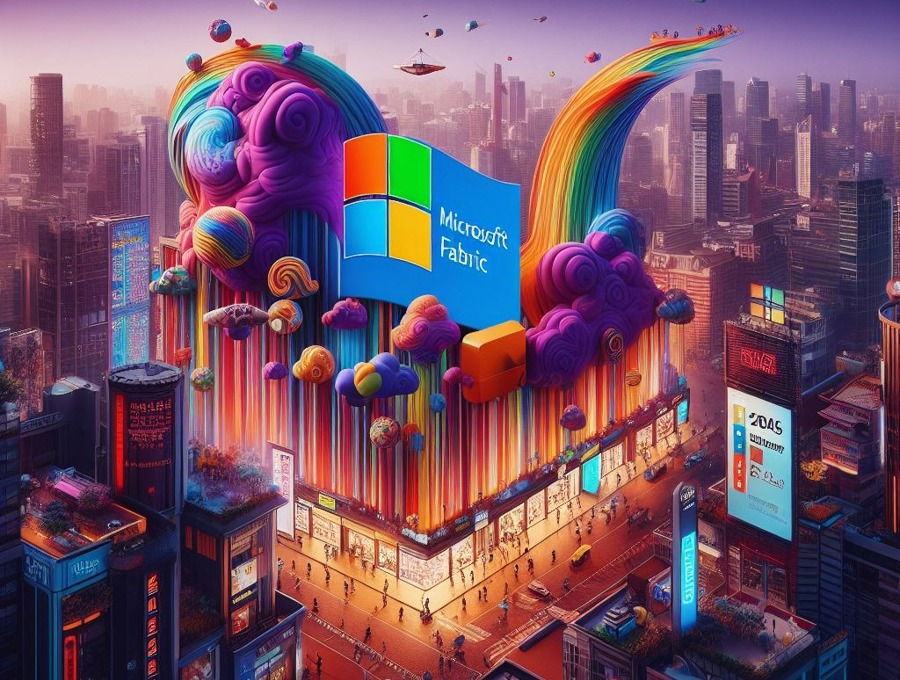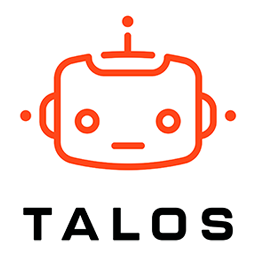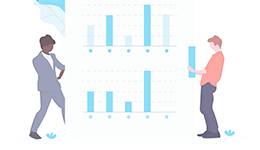
Published: 22 Nov 2023 | Author: James Beresford
Microsoft's next gen Analytics platform, Fabric went GA last week. With that came the announcement of the pricing structure. It's reasonably straightforward but has a few nuances I'd like to explain.
Fabric's pricing is capacity based, like Power BI Premium. One difference is that there is a Pay As You Go (PAYG) model available for Fabric, where PBI Premium is a fixed monthly cost.
One of the GA Announcements was the Reserved Pricing, which is more cost effective, saving about 41% over PAYG pricing. This brings the Fabric F64 SKU licencing cost in line with Power BI Premium P1 licencing costs, which I had anticipated as otherwise there was a disincentive for existing P1 customers to switch to Fabric.
A key thing to note is that Fabric does have a lower entry price point than Power BI Premium. I'll get into the nuances of Power BI on Fabric slighly later. What this means is that you can start using Fabric at a very low cost. I think this is a lesson learned both from Power BI Premium pricing but also Synapse costs, which were very high from the start, which made adoption difficult.
Estimating appropriate capacity is going to be a bit of an experimental exercise to start with, as there aren't any formal tools available and with the complex combination of workloads it's going to be challenging.
Smoothing
Also worth noting within Fabric is the concept of smoothing - which allows you to consume some of your future allocated capacity if you have a demand spike. This is balanced out by some throttling if you go over.
How Power BI licencing intersects with Fabric depends on the Fabric SKU you are on. For those on a Fabric Capacity lower than F64, Power BI Pro licences are still required to view shared content. For F64 and above, it behaves like you have a Power BI Premium SKU in effect - all users in your organisation are licenced to view shared content.
If you are a publisher of Power BI Content, regardless of SKU a Power BI Pro licence is still required to publish, update & share content.
Initial indications were that there would be an inclusion of OneLake storage with each Fabric Capacity - that no longer seems to be the case. However as expected, given it is based on ADLSGen2 the pricing is similar (All prices in $AUD per GB):
What this means from a practical perspective is that in our new architecture for Fabric, we're going to reccomend using Databricks to do ETL, leaving Fabric only for the Gold layer. Placing all your data in an equivalent to hot storage is unneccessary and costly.
In quick summary:
I hope this helps. Keep on top of Fabric News by joing us at the Official Sydney Microsoft Fabric User Group!
Cheers, James
CEO, Talos

Get the latest Talos Newsletter delivered directly to your inbox
Automation & Analytics Technologies for Business

Using our EPIC methodology guiding you to deliver outcomes quickly and cost effectively.

Specialising in all compliance related processes, she has been trained to quickly learn specific compliance processes.

Specialising in all customer-related processes, she has been trained to quickly learn specific customer processes.

Enable self service analytics to meet the needs of the whole organisation with our proven methodologies.
